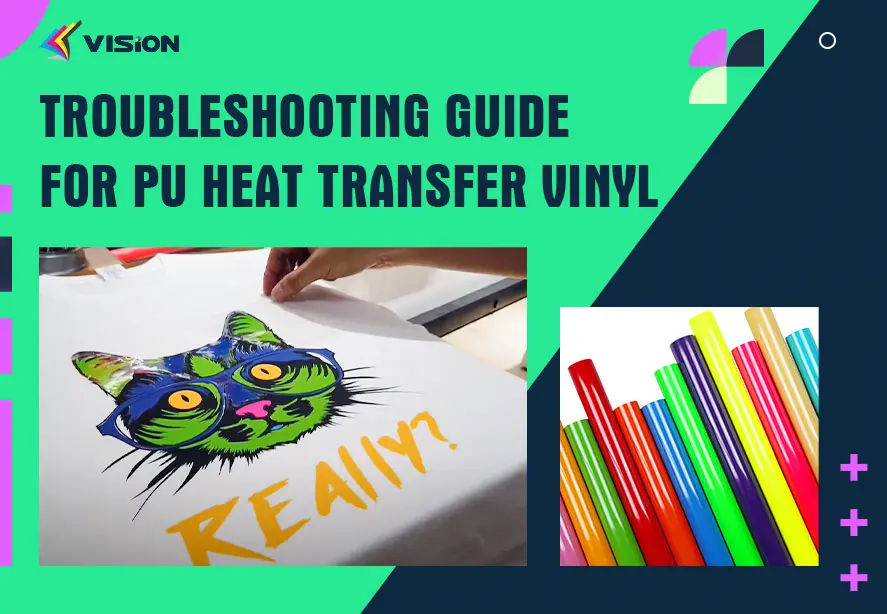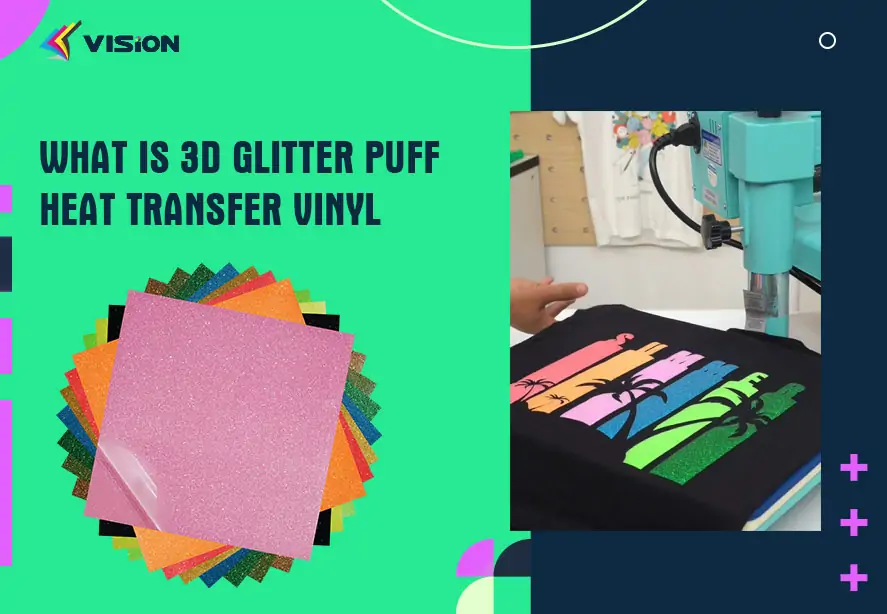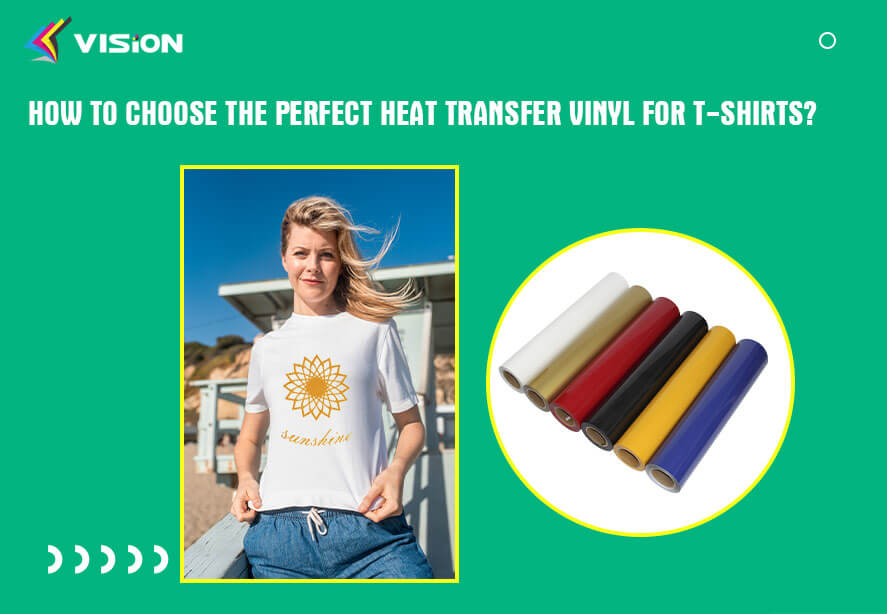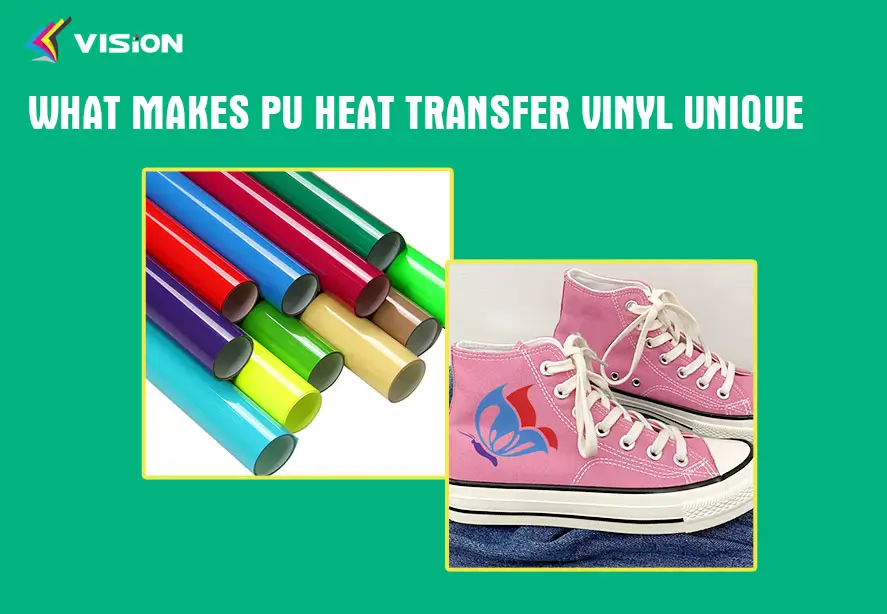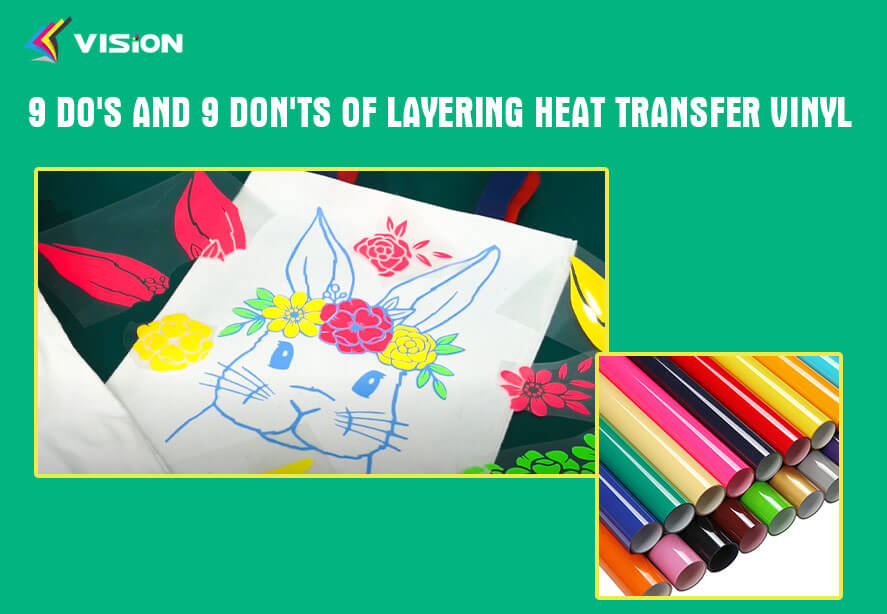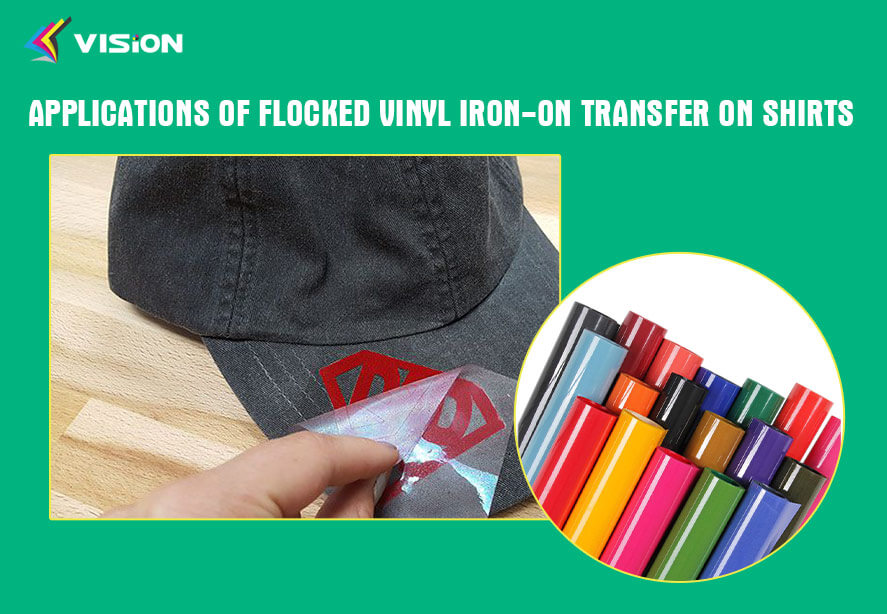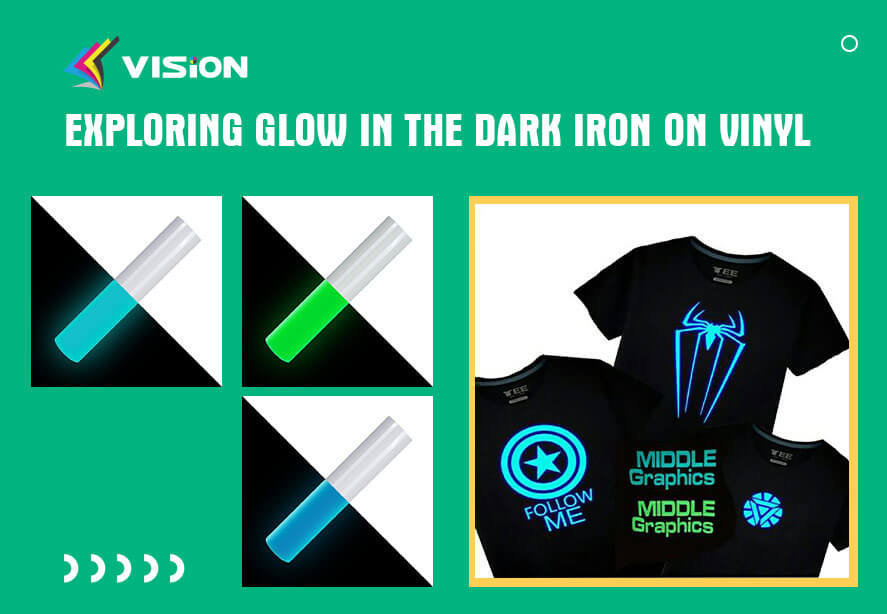Heat transfer vinyl (HTV) is a popular choice for customizing T-shirts and other fabrics. While the process may seem straightforward, there are common mistakes that can lead to less-than-ideal results. In this blog post, we will explore some of the pitfalls to avoid when applying heat transfer vinyl. By understanding these mistakes and learning how to prevent them, you can ensure that your T-shirt projects turn out picture-perfect every time.
Choosing the Right Vinyl and MaterialOne of the first steps in successful HTV application is selecting the appropriate vinyl and material. Different types of vinyl have specific temperature and pressure requirements. Ensure that the vinyl you choose is compatible with the fabric you are working with. For example, some vinyl may not adhere well to synthetic materials or fabrics with a high stretch.
Prepare the Fabric
Properly preparing the fabric is crucial for successful HTV application. Start by washing and drying the fabric to remove any residual chemicals or finishes that could interfere with adhesion. Avoid using fabric softeners or dryer sheets as they can create a barrier between the vinyl and fabric.
Cutting and Weeding with Precision
When cutting HTV, it is important to use the appropriate settings on your cutting machine to achieve clean and precise cuts. Test cuts can help determine the right blade depth and pressure for your specific vinyl and machine. After cutting, carefully weed out the excess vinyl, ensuring that the design remains intact. Take your time and use tools like weeding hooks to remove small details without damaging the design.
Applying Heat and Pressure Evenly
The application of heat and pressure is a critical step in HTV application. It is important to follow the recommended temperature and time guidelines provided by the vinyl manufacturer. Use a heat press or an iron set to the appropriate temperature to ensure even heat distribution. Apply firm and consistent pressure to ensure proper adhesion. Avoid moving the heat source around during the application process, as this can result in uneven heat distribution and lead to poor adhesion.
How to use vision chameleon heat transfer vinyl for tshirt?
Peeling and Post-Application Care
Once the vinyl has been applied and heat pressed, it is essential to follow the correct peeling technique. Some vinyl requires a hot or cold peel, depending on the manufacturer’s instructions. Be careful not to peel too quickly or forcefully, as this can cause the vinyl to lift or distort.
After peeling, allow the garment to cool completely before wearing or washing. Follow the recommended care instructions for both the fabric and the vinyl to ensure longevity. Avoid using harsh detergents, bleach, or fabric softeners, as these can degrade the vinyl over time. Turn the garment inside out before washing and use a gentle cycle.
By avoiding common pitfalls in heat transfer vinyl application, you can achieve professional-looking results in your T-shirt projects. Take the time to select the right vinyl and fabric, properly prepare the fabric, cut and weed with precision, apply heat and pressure evenly, and follow the correct peeling and post-application care steps. With attention to detail and practice, you can ensure that your HTV projects turn out flawless, allowing you to showcase your creativity and personalize your garments with confidence.





